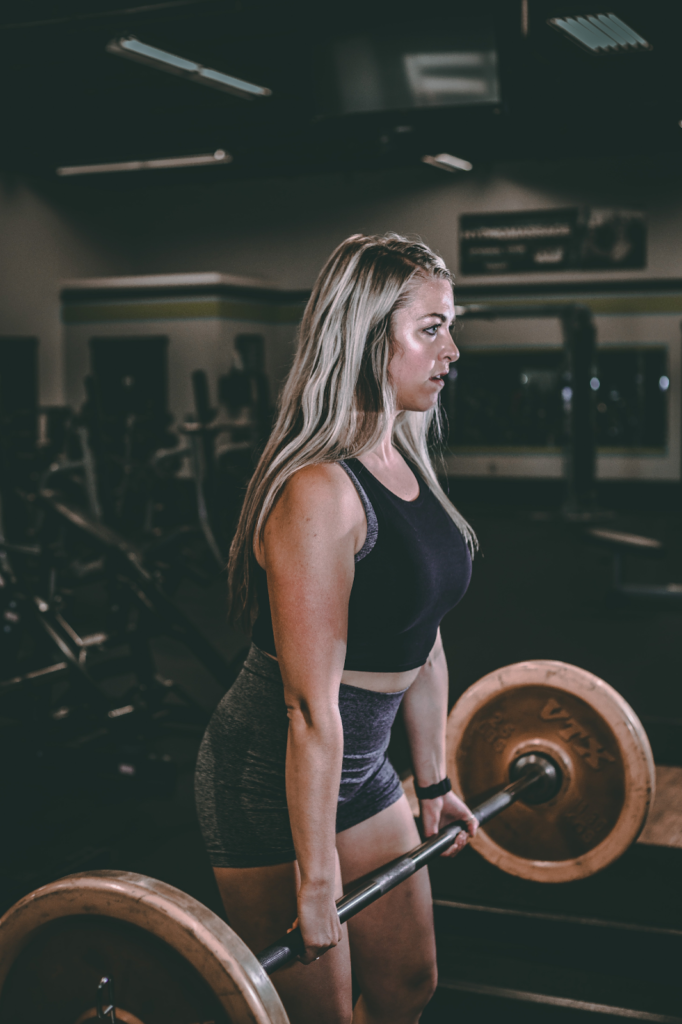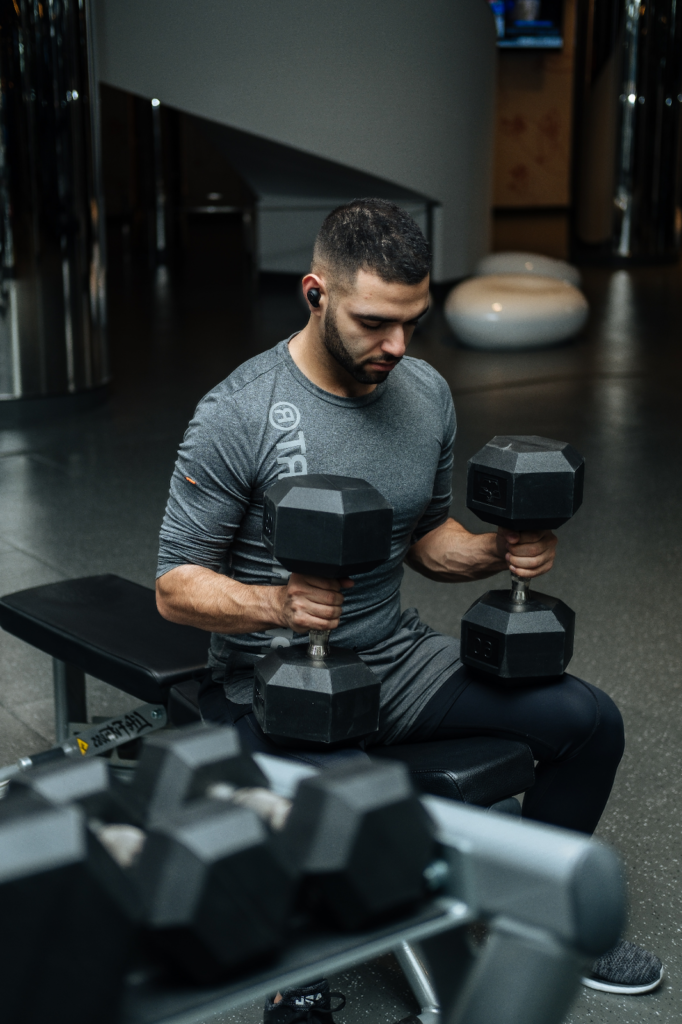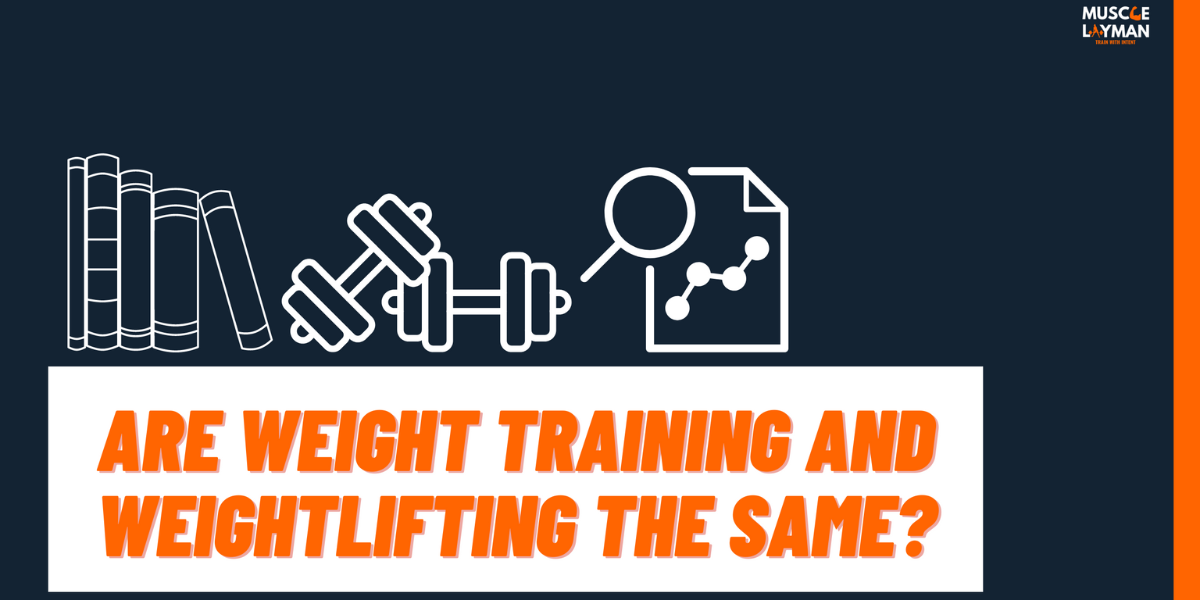Introduction
Before diving into weight training and weightlifting, let us understand resistance training. It is a type of physical training that challenges your muscles and bones by doing specific movements. These movements, also known as primary functional movements, are all about working your body uniquely. So, how does it work? Well, it’s all about using the forces of gravity to create resistance. You can achieve this by using different tools like barbells, dumbbells, weight stacks, and those plate-loaded machines you often see at the gym. Then, you can target specific muscle groups and strengthen them by picking up those free weights.
The secret sauce lies in adjusting critical factors like how often you train, how intense your workouts are, and how much volume you tackle. But wait, there’s more! Resistance training isn’t limited to just traditional weights. You can also use resistance bands, tubes, tires, and battle ropes. These alternative methods also challenge your muscles and help them grow and adapt.
So what is weight training?
Here’s the fun part: when you use weights, whether barbells, dumbbells, weight stacks, or plate-loaded machines, we call it weight training. It’s a specific type of resistance training in which you regularly work out with weights to build muscle and strengthen your skeletal system. So, whether lifting traditional weights or getting creative with other resistance tools, resistance training is about pushing your body, reaching new heights, and unlocking your full potential.

Hence, weight training is like a tool that focuses on building muscle and strengthening your skeletal system for athletic performance. When it comes to excelling in sports, many factors are at play, like strength, endurance, flexibility, agility, coordination, reaction time, balance, speed, and power. It’s a whole package! To target and improve these factors, a skilled strength and conditioning coach crafts an annual training program focusing on the characteristics needed for overall development. And that’s where weight training comes into play. It’s a modality that can help individuals enhance their strength and muscle growth, which is crucial in excelling in any sport.

Think about it – exercises like squats, deadlifts, bench presses, shoulder presses, barbell rows, lat pulldowns, and more are the bread and butter of weight training.
They can be grouped into different categories based on their characteristics. First, we’ve got multi-joint versus single-joint exercises, which means exercises involving multiple joints working together versus those focusing on a specific joint. Then we have supported versus unsupported exercises, which refer to exercises where you have some support versus those where you’re on your own. Lastly, there are bilateral versus unilateral exercises, where bilateral exercises involve both sides of your body.
In contrast, unilateral exercises focus on one side at a time. It’s all about finding the right mix of exercises and techniques to achieve those athletic goals. Weight training is just one piece of the puzzle, but it’s a pretty important one. It’s like having a trusty tool in your fitness toolbox to sculpt your body and enhance your athletic performance.
Then what is weightlifting?
It is a full-fledged sport known as Olympic Weightlifting. In this sport, athletes showcase their strength and skill by performing two specific movements with a loaded barbell, lifting it overhead with impeccable form. It’s quite a sight to behold! Interestingly, weightlifting gained even more popularity when CrossFit came into the picture. They integrated weightlifting into their regular workout routines called WODs (workout of the day). This brought weightlifting culture to the masses and made it a household name. Suddenly, people from all walks of life embraced the challenge and excitement of weightlifting.
But here’s the cool part – the impact of weightlifting on sports performance is remarkable. Many athletes who participate in team sports incorporate weightlifting into their training, especially during the power phase. It helps them become quicker and faster on the field, giving them a serious advantage.
In official weightlifting competitions, the amount of weight lifted varies depending on the athlete’s weight class, which differs for men and women. During these competitions, athletes optimize their performance by optimizing Olympic-size standard barbells, bumper plates, weightlifting belts, and specialized weightlifting shoes.
Now, let’s talk about the actual lifts in Olympic Weightlifting. One of them is called the snatch, where the lifter smoothly moves the loaded barbell from the floor to the overhead position in one unbroken movement. There are different variations of the snatch that are tailored to improve the performance of individual athletes.

Fig: Performing snatch
Another popular lift is the clean and jerk. Here, the lifter first raises the barbell from the floor to the chest, known as the clean, and then explosively lifts it from chest level to the overhead position, known as the jerk. Again, it requires precision, strength, and technique.

Fig: Performing clean and jerk
So, whether you aim to improve your body composition or enhance your sports performance, weight training with functional movement patterns is the way to go. It’s about optimizing your nutrition and recovery and incorporating weight training into your routine. As you build a strong foundation of strength and size, you can discuss your program needs with a knowledgeable strength and conditioning coach. They can guide you on adding weightlifting exercises to boost the power component of your training. Therefore, weightlifting isn’t just about lifting heavy weights; it’s a sport that demands skill, discipline, and perseverance. So are you ready to embrace the challenge and take your fitness journey to new heights?


